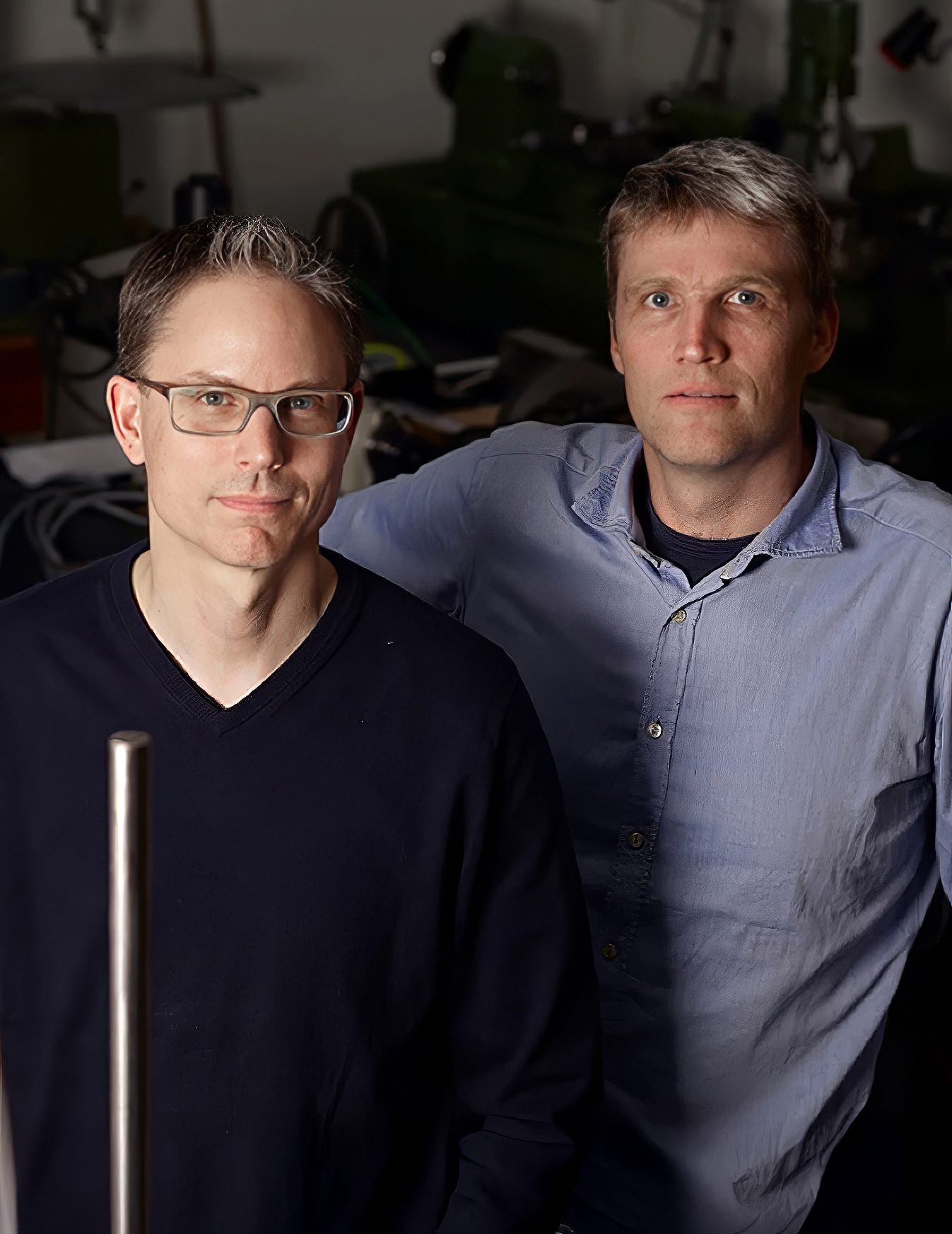No data.
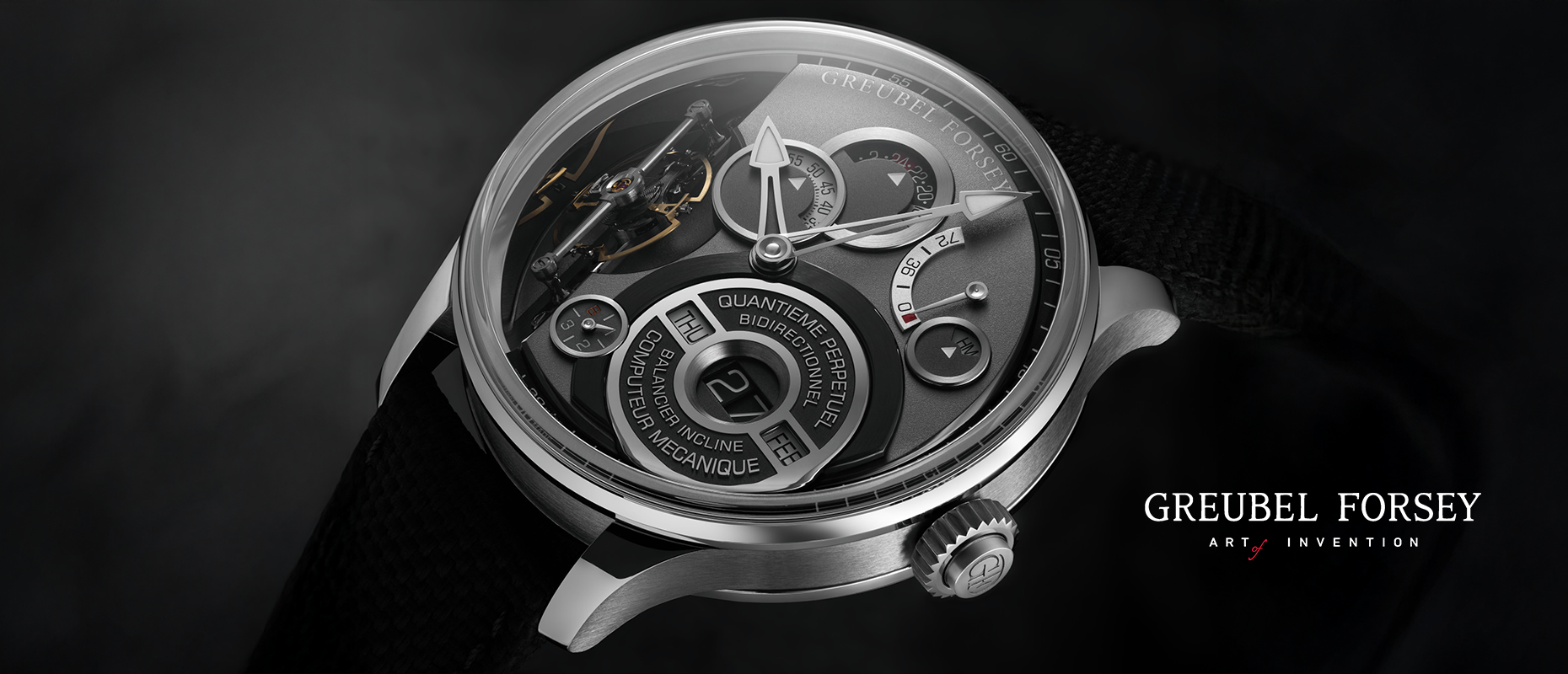
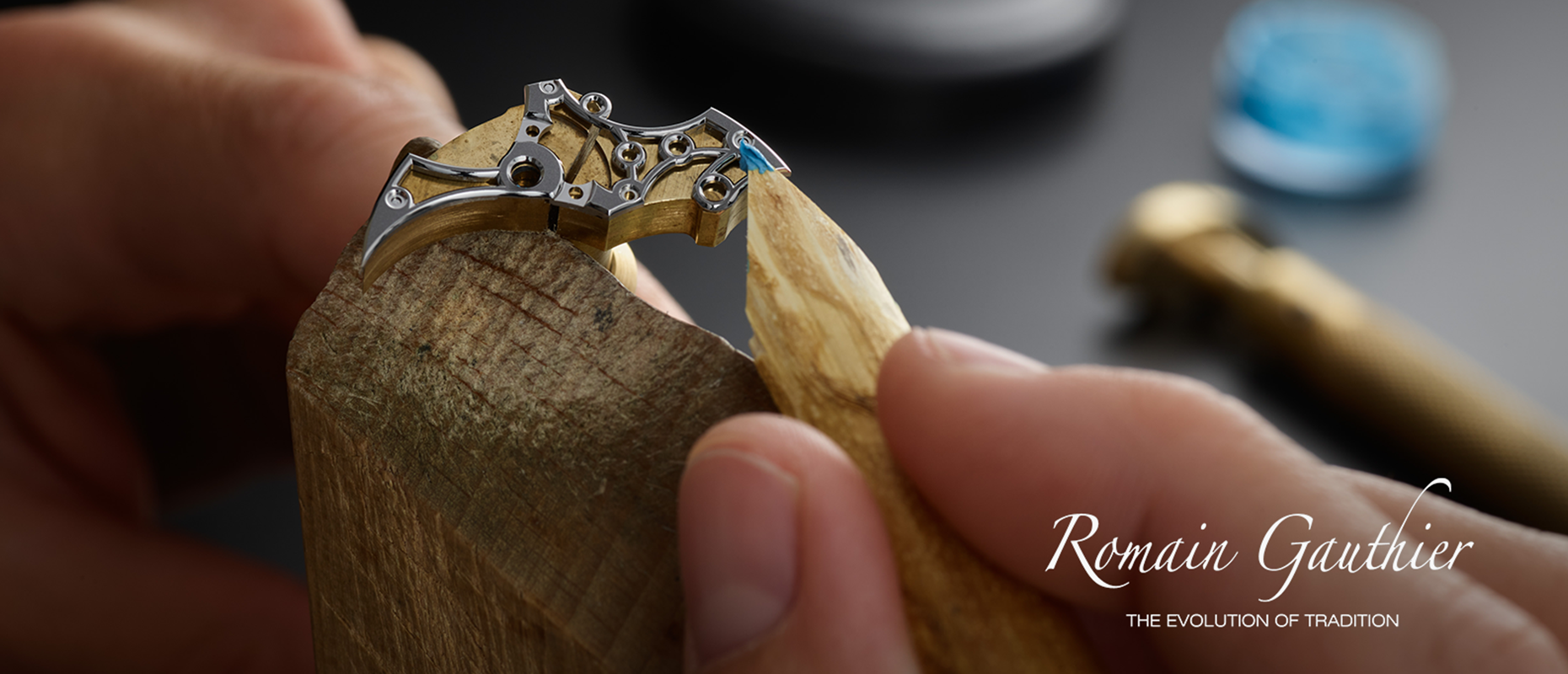
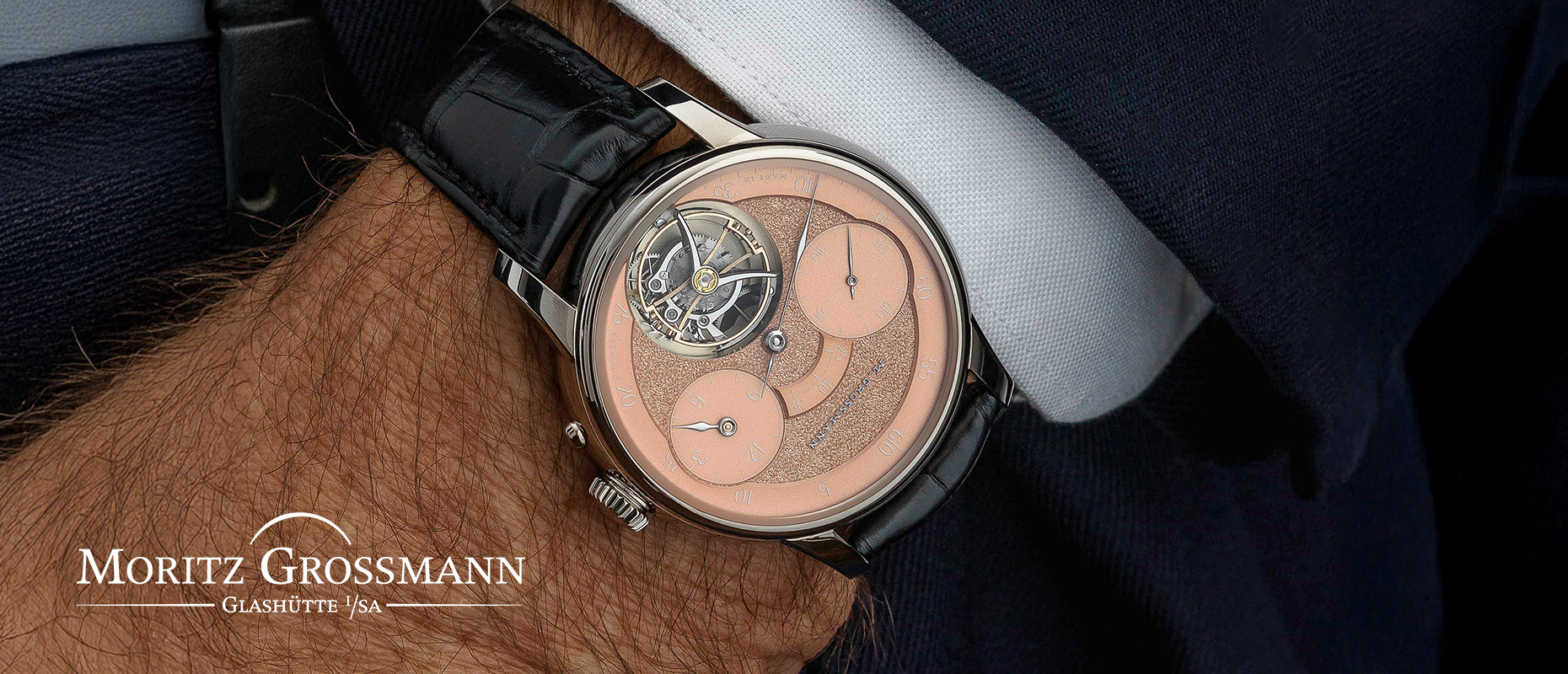
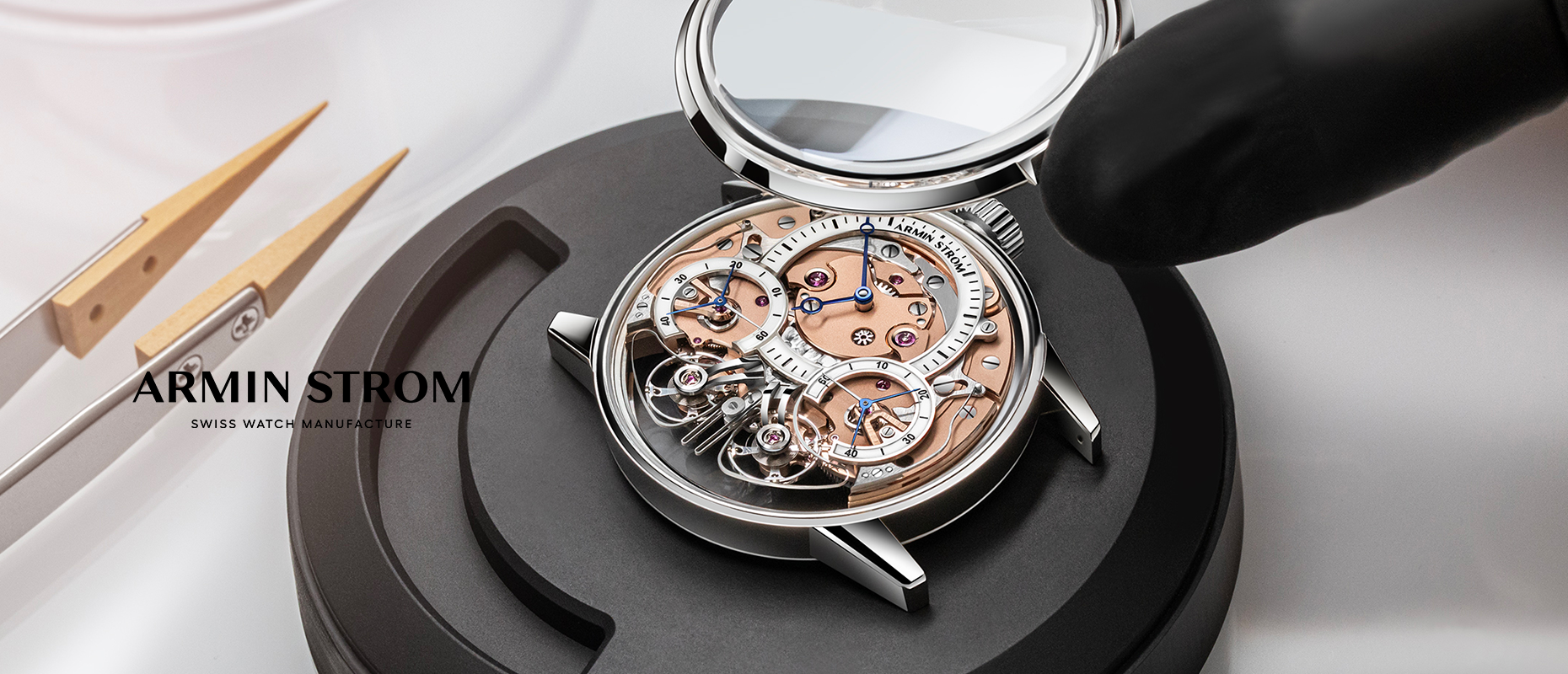
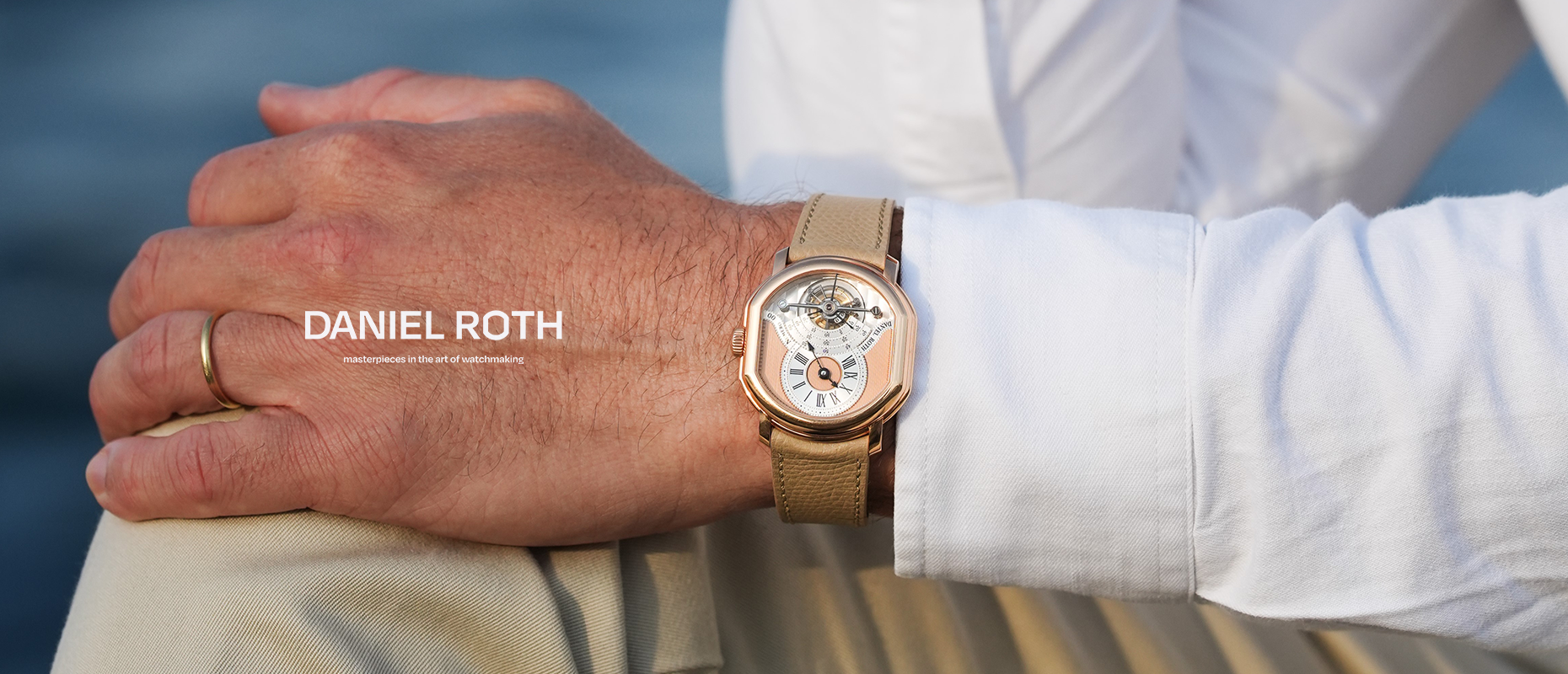
Michel Nydegger took the helm of Greubel Forsey in 2024, bringing years of experience in marketing and brand strategy within the company. His leadership is rooted in preserving the brand’s uncompromising standards of craftsmanship and exclusivity, producing only a handful of exceptional timepieces each year.
Nydegger’s vision balances tradition with innovation, ensuring Greubel Forsey remains a benchmark of haute horlogerie. He champions bespoke client experiences and creative surprises for collectors, reinforcing the brand’s philosophy of artistry, precision, and sustainability over volume-driven growth.
Robert Greubel, born in Alsace, France, is a master watchmaker and visionary engineer whose work has reshaped the landscape of contemporary horology. After honing his skills in his father’s workshop, he joined IWC in 1987, contributing to the development of the Grand Complication. His passion for mechanical innovation deepened at Renaud & Papi, where he led complex movement development and met Stephen Forsey. In 2001, the two founded Complitime, a movement think tank, and in 2004 launched Greubel Forsey to pursue uncompromising excellence in watchmaking.
Greubel’s engineering genius has driven the creation of some of the most technically advanced complications in modern watchmaking, including the Double Tourbillon 30°, Quadruple Tourbillon, and Tourbillon 24 Secondes. His commitment to chronometric performance, artisanal finishing, and horological research has elevated Greubel Forsey to icon status among collectors. Through initiatives like Experimental Watch Technology and the Time Æon Foundation, Greubel continues to champion both innovation and the preservation of traditional watchmaking skills.
Stephen Forsey, born in 1967 in St. Albans, England, is a leading figure in modern watchmaking whose work has profoundly influenced the landscape of haute horlogerie. He began his career restoring antique timepieces, which instilled in him a deep respect for traditional craftsmanship. After formal training at WOSTEP in Switzerland, he joined Renaud & Papi, where he met Robert Greubel. Their shared vision of pushing mechanical boundaries led to the founding of Greubel Forsey in 2004.
At Greubel Forsey, Forsey helped pioneer some of the most technically ambitious complications in contemporary watchmaking, including the Double Tourbillon 30°, Quadruple Tourbillon, and inclined balance systems. His dedication to precision, innovation, and hand-finishing has set new benchmarks for artisanal excellence. Beyond engineering, Forsey is a passionate advocate for preserving horological heritage, drawing inspiration from historical masters like John Harrison and George Daniels. Through his work, he has elevated independent watchmaking to global prominence, influencing both the craft and culture of fine timekeeping.
Andreas Strehler, born in 1971 in Winterthur, Switzerland, is one of the most respected independent watchmakers of our time. After graduating from the School of Horology in Solothurn in 1991, he joined Renaud & Papi as their first hired watchmaker, where he led prototyping and technical innovation. In 1995, he founded his own atelier and began creating timepieces that combine mechanical complexity with poetic design.
Strehler’s work is defined by in-house development, traditional hand-finishing, and engineering ingenuity. His creations include the Papillon d’Or, the Sauterelle à lune perpétuelle (which holds a Guinness World Record for moon phase accuracy), and the Zwei with switchable indications. In 2023, he launched the STREHLER brand to offer more accessible pieces while maintaining high horological standards. Through UhrTeil AG, he also develops movements for other brands. A member of the AHCI and a Prix Gaïa laureate, Strehler continues to shape the future of artisanal watchmaking.
Christine Hutter, born in 1964 in Eichstätt, Germany, is a trained watchmaker and one of the few women to lead a high-end independent watch brand. She began her career in 1986 as an apprentice under master watchmaker Wilhelm Glöggler in Munich, where she learned restoration and handcrafting techniques. After graduating with top honors in Bavaria, she joined Wempe, gaining experience in luxury watch retail and marketing. She later worked with Maurice Lacroix, Glashütte Original, and A. Lange & Söhne, deepening her expertise in brand development and distribution.
In 2008, Hutter discovered that the historic name Moritz Grossmann was unclaimed and decided to revive it. She founded Grossmann Uhren GmbH in Glashütte, starting from a small office and building the brand from scratch. Her first watch, the Benu, launched in 2010, marked the beginning of a new chapter in Saxon watchmaking. Today, Moritz Grossmann is known for its hand-finished movements and commitment to traditional craftsmanship. Under Hutter’s leadership, the brand has developed over a dozen calibres and become a symbol of precision and elegance in German horology.
Romain Gauthier, born in 1975 in the Vallée de Joux, Switzerland, is a master watchmaker and founder of his eponymous brand. He studied precision mechanics and machine-tool construction at the École Technique in Le Sentier, and began his career at François Golay, where he specialized in high-end horological components. Inspired by his roots and engineering skills, he began designing his own watch in 1999 and later pursued an MBA to prepare for launching his own brand.
In 2005, Gauthier founded Montres Romain Gauthier in Le Sentier, combining traditional Swiss craftsmanship with modern innovation. His debut piece, the Prestige HM, was followed by the Prestige HMS and the award-winning Logical One, which reimagined the constant-force mechanism. Known for exceptional finishing and technical creativity, Gauthier continues to produce limited, hand-finished timepieces that reflect his uncompromising approach to haute horlogerie.
Ludovic Ballouard, born in 1971 in Brittany, France, is an independent watchmaker known for his poetic complications and philosophical approach to time. After training in watchmaking, he worked at Franck Muller and later spent seven years at F.P. Journe, where he assembled the highly complex Sonnerie Souveraine. In 2009, during the global financial crisis, he launched his own brand in Geneva, driven by a desire to create timepieces that reflect his personal philosophy.
His first creation, the Upside Down, displays only the current hour upright, with all others flipped—reminding wearers to live in the present. This was followed by the Half Time, which uses split numerals that only align at the current hour. Ballouard’s watches are whimsical yet profound, blending mechanical ingenuity with emotional depth. Today, he produces a limited number of watches each year by hand in his Geneva workshop, continuing to challenge conventional perceptions of time.
Claude Greisler and Serge Michel are the co-founders and creative minds behind Armin Strom, a Swiss independent watch brand known for its technical ingenuity and signature “transparent mechanics.” Childhood friends from Burgdorf, they acquired the brand in 2006 from its namesake founder, transforming it from a skeletonization atelier into a fully integrated manufacture based in Biel. Their vision was clear: to create timepieces that reveal the soul of mechanical watchmaking while pushing the boundaries of innovation.
Claude, a trained watchmaker with deep family roots in horology, leads the brand’s technical development and design. His expertise has been instrumental in pioneering complications like the Mirrored Force Resonance and the Gravity Equal Force. Serge, a passionate collector and entrepreneur, oversees the strategic and commercial direction of the brand, ensuring its values resonate with collectors worldwide. Together, they’ve built Armin Strom into a respected name in haute horlogerie, blending tradition with cutting-edge engineering.
Dominique Buser and Cyrano Devanthey are two Swiss watchmakers whose dedication to traditional horology has made a profound impact on independent watchmaking. They met as apprentices at the Solothurn watchmaking school and graduated in 1994. After gaining experience in the industry—Buser with a background in physics and Devanthey leading Omega’s luxury watch division—they reunited in 2009 to build a movement workshop in Buchs, Switzerland, working exclusively for Urwerk.
In 2016, they founded Oscillon in Geneva, a brand devoted to crafting watches entirely by hand using restored antique tools and 19th-century techniques. Their creations, such as L’instant de Vérité and Fundamentum, reflect a philosophy rooted in precision, individuality, and the preservation of endangered artisanal skills. Through Oscillon and their involvement in the Time Æon Foundation’s Naissance d’une Montre 2 project, Buser and Devanthey continue to champion the future of handmade horology while honoring its past.
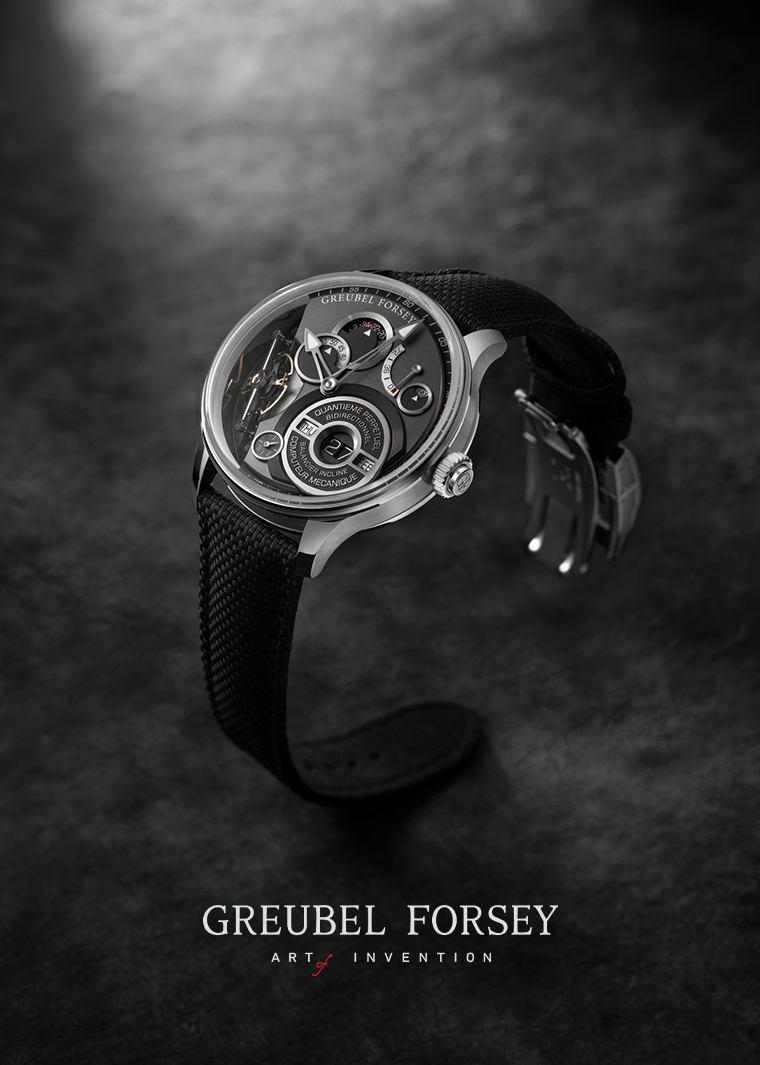

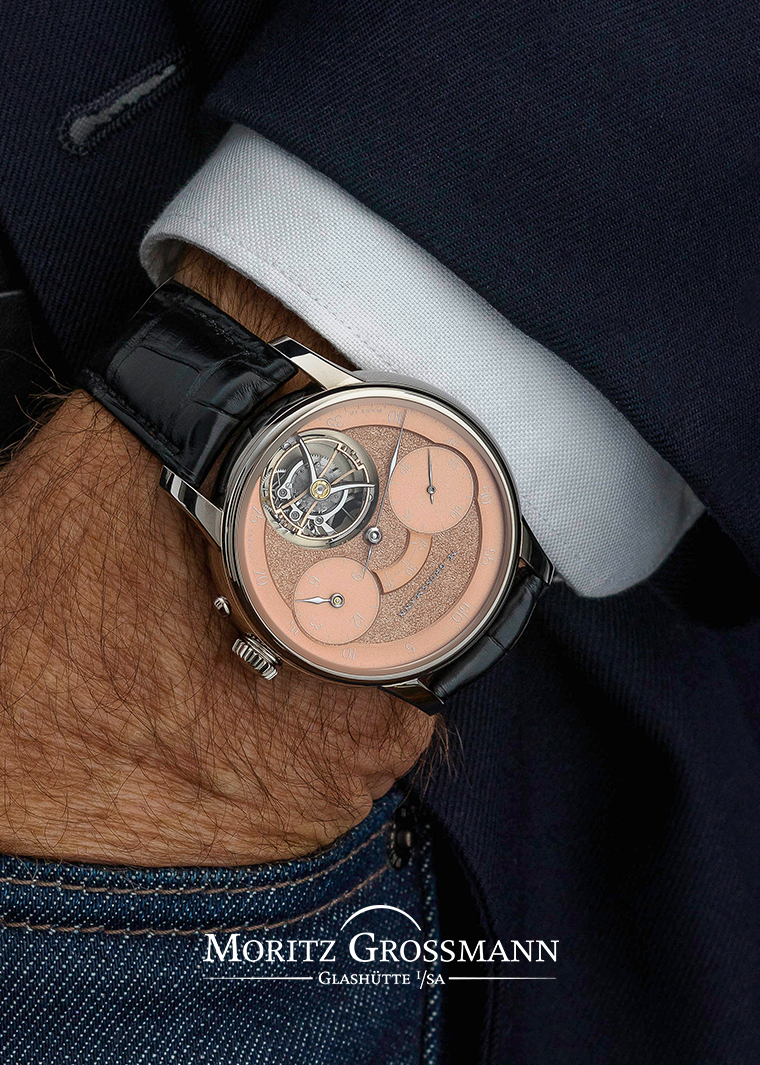
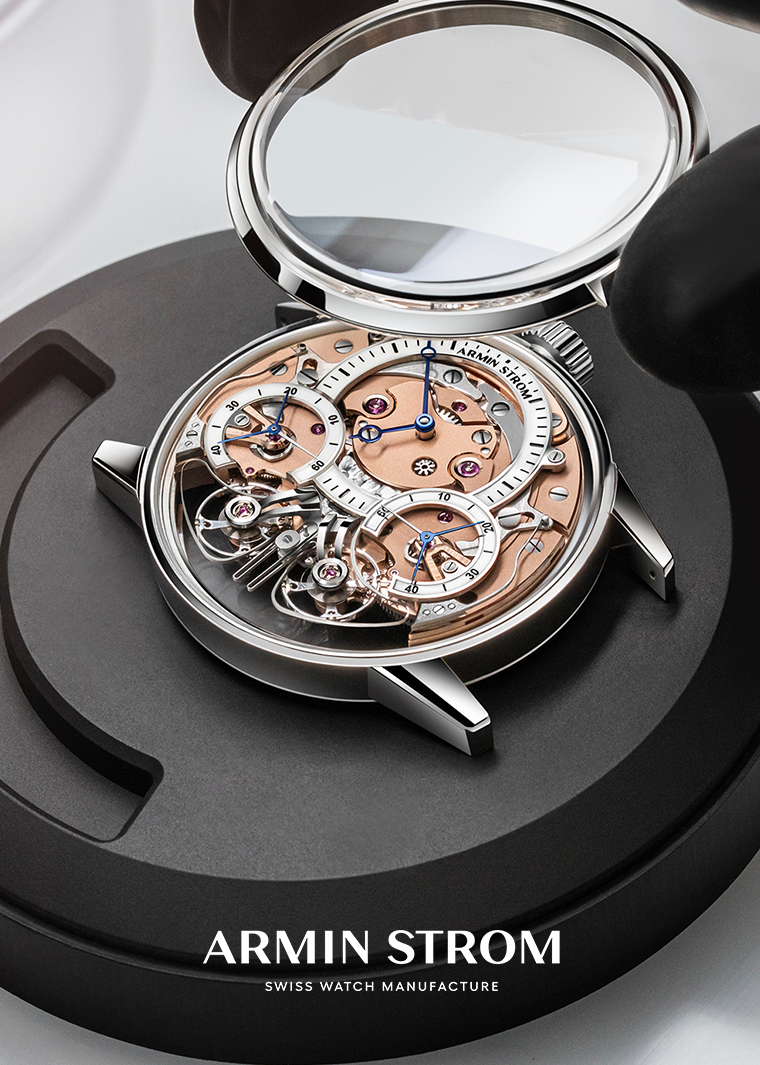
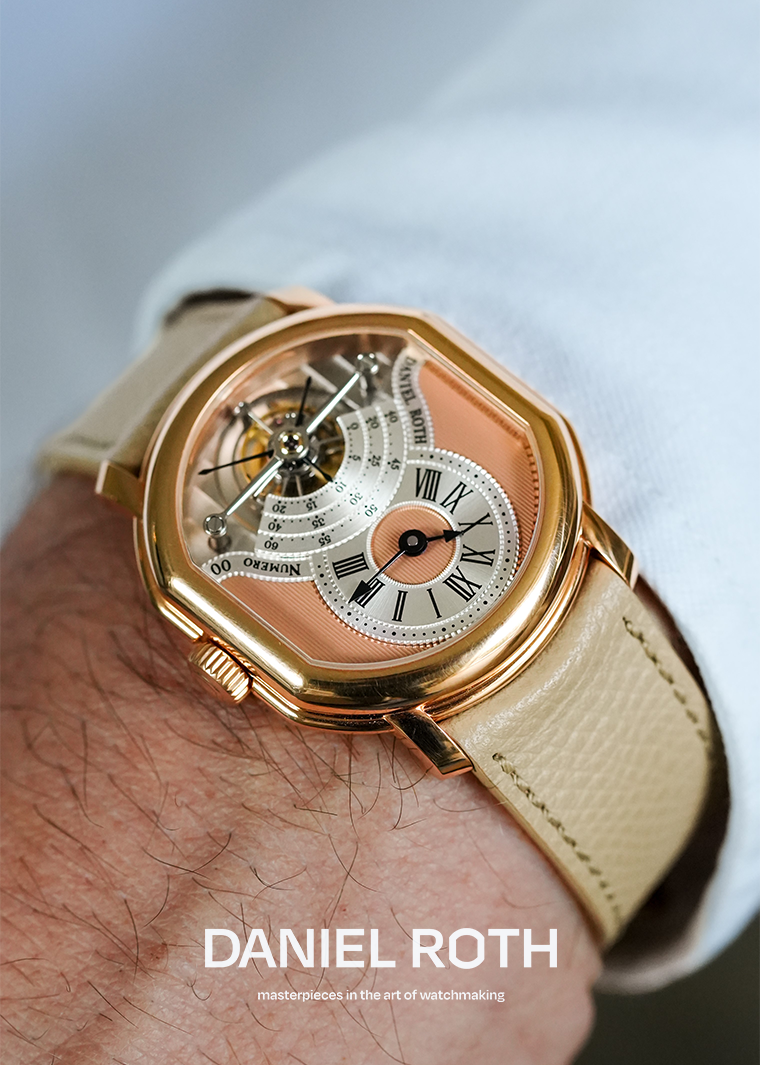
Michel Nydegger took the helm of Greubel Forsey in 2024, bringing years of experience in marketing and brand strategy within the company. His leadership is rooted in preserving the brand’s uncompromising standards of craftsmanship and exclusivity, producing only a handful of exceptional timepieces each year.
Nydegger’s vision balances tradition with innovation, ensuring Greubel Forsey remains a benchmark of haute horlogerie. He champions bespoke client experiences and creative surprises for collectors, reinforcing the brand’s philosophy of artistry, precision, and sustainability over volume-driven growth.

Robert Greubel, born in Alsace, France, is a master watchmaker and visionary engineer whose work has reshaped the landscape of contemporary horology. After honing his skills in his father’s workshop, he joined IWC in 1987, contributing to the development of the Grand Complication. His passion for mechanical innovation deepened at Renaud & Papi, where he led complex movement development and met Stephen Forsey. In 2001, the two founded Complitime, a movement think tank, and in 2004 launched Greubel Forsey to pursue uncompromising excellence in watchmaking.
Greubel’s engineering genius has driven the creation of some of the most technically advanced complications in modern watchmaking, including the Double Tourbillon 30°, Quadruple Tourbillon, and Tourbillon 24 Secondes. His commitment to chronometric performance, artisanal finishing, and horological research has elevated Greubel Forsey to icon status among collectors. Through initiatives like Experimental Watch Technology and the Time Æon Foundation, Greubel continues to champion both innovation and the preservation of traditional watchmaking skills.
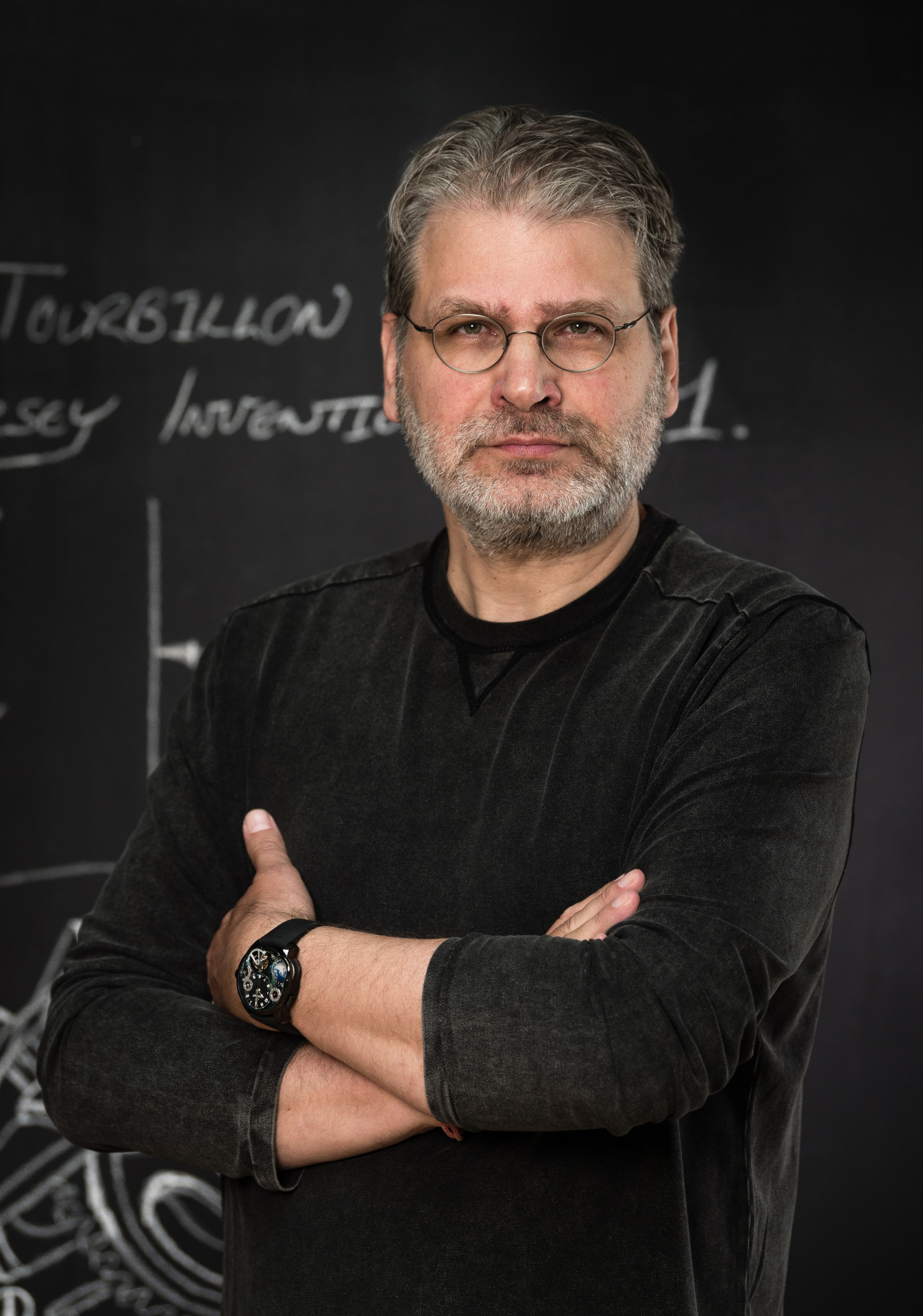
Stephen Forsey, born in 1967 in St. Albans, England, is a leading figure in modern watchmaking whose work has profoundly influenced the landscape of haute horlogerie. He began his career restoring antique timepieces, which instilled in him a deep respect for traditional craftsmanship. After formal training at WOSTEP in Switzerland, he joined Renaud & Papi, where he met Robert Greubel. Their shared vision of pushing mechanical boundaries led to the founding of Greubel Forsey in 2004.
At Greubel Forsey, Forsey helped pioneer some of the most technically ambitious complications in contemporary watchmaking, including the Double Tourbillon 30°, Quadruple Tourbillon, and inclined balance systems. His dedication to precision, innovation, and hand-finishing has set new benchmarks for artisanal excellence. Beyond engineering, Forsey is a passionate advocate for preserving horological heritage, drawing inspiration from historical masters like John Harrison and George Daniels. Through his work, he has elevated independent watchmaking to global prominence, influencing both the craft and culture of fine timekeeping.
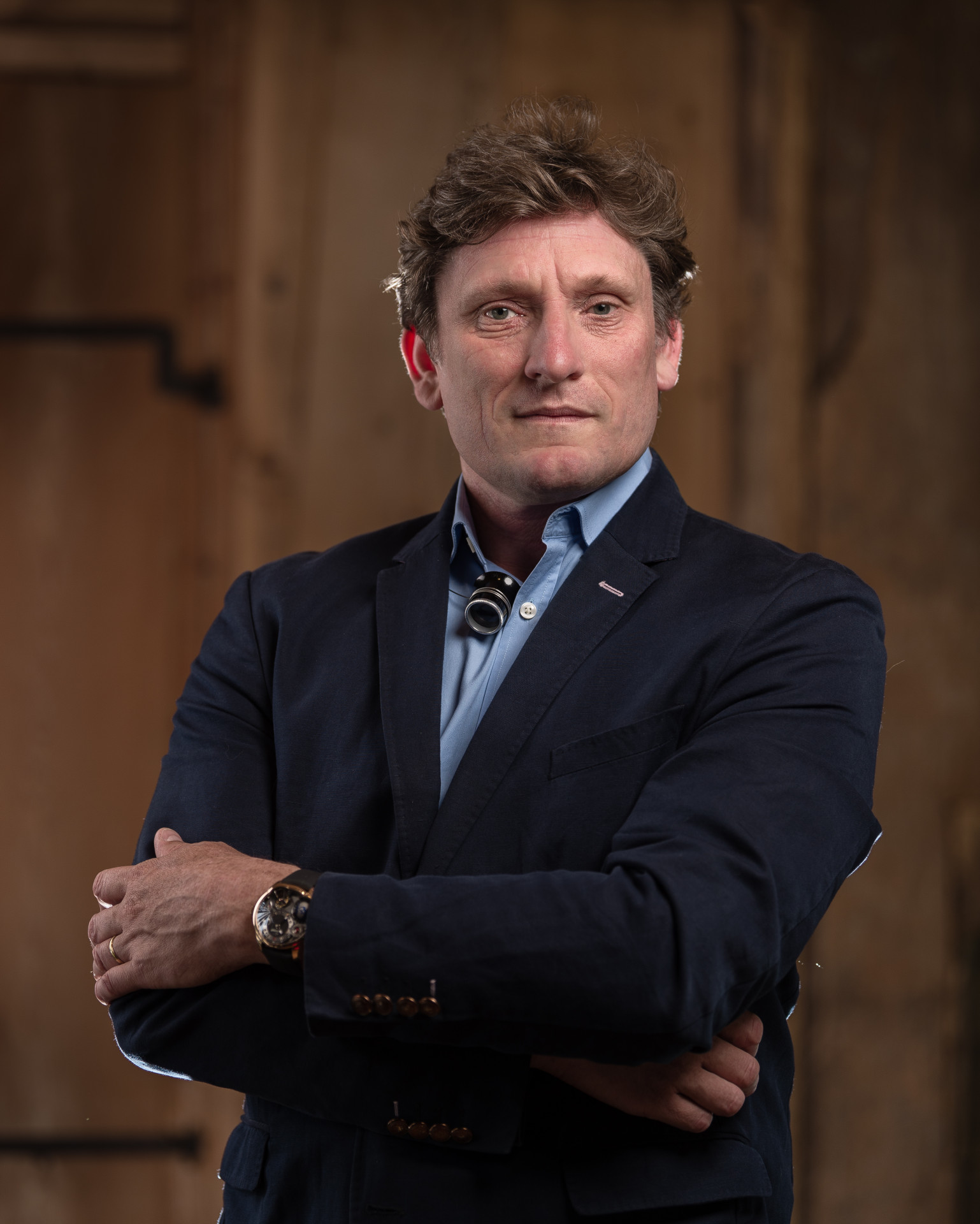
Andreas Strehler, born in 1971 in Winterthur, Switzerland, is one of the most respected independent watchmakers of our time. After graduating from the School of Horology in Solothurn in 1991, he joined Renaud & Papi as their first hired watchmaker, where he led prototyping and technical innovation. In 1995, he founded his own atelier and began creating timepieces that combine mechanical complexity with poetic design.
Strehler’s work is defined by in-house development, traditional hand-finishing, and engineering ingenuity. His creations include the Papillon d’Or, the Sauterelle à lune perpétuelle (which holds a Guinness World Record for moon phase accuracy), and the Zwei with switchable indications. In 2023, he launched the STREHLER brand to offer more accessible pieces while maintaining high horological standards. Through UhrTeil AG, he also develops movements for other brands. A member of the AHCI and a Prix Gaïa laureate, Strehler continues to shape the future of artisanal watchmaking.
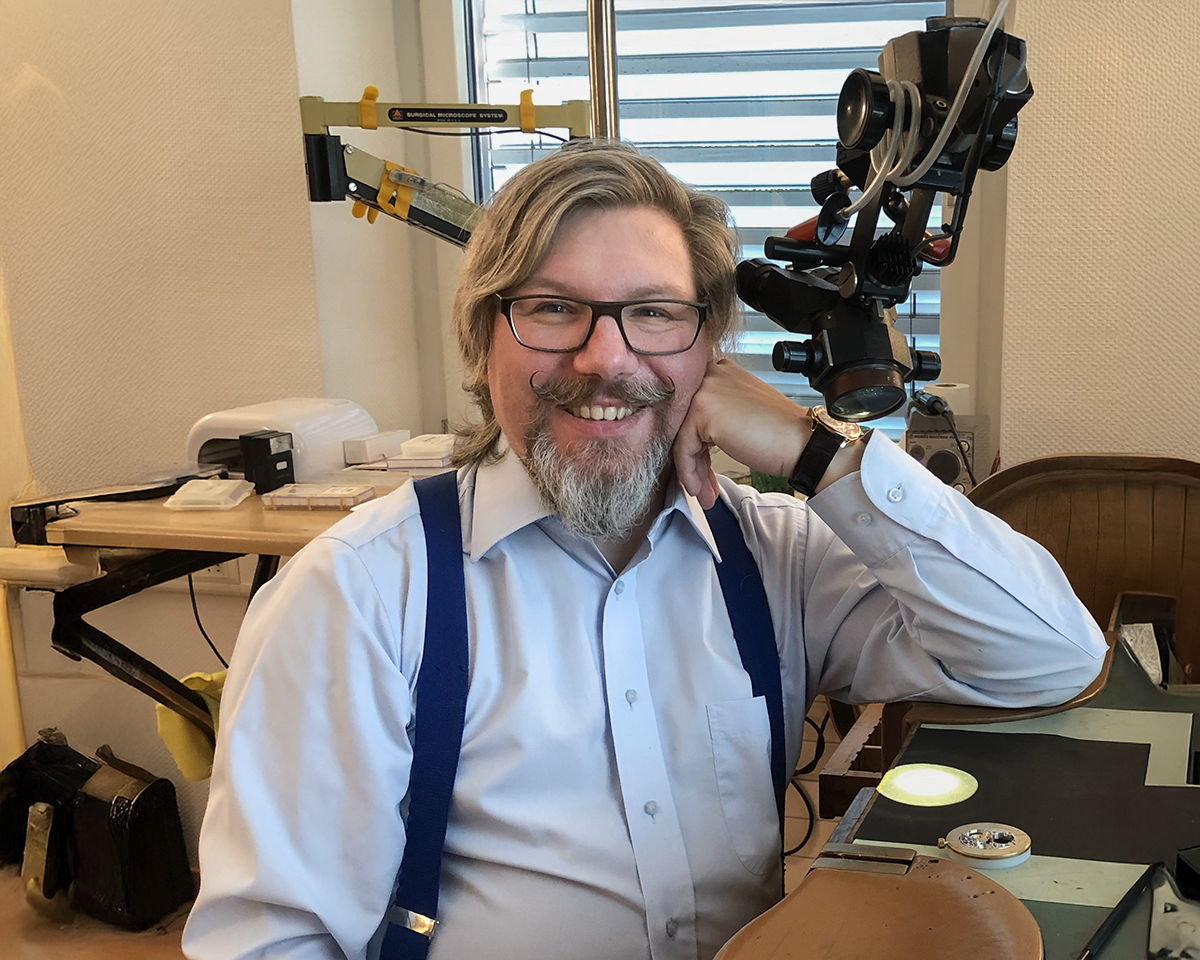
Christine Hutter, born in 1964 in Eichstätt, Germany, is a trained watchmaker and one of the few women to lead a high-end independent watch brand. She began her career in 1986 as an apprentice under master watchmaker Wilhelm Glöggler in Munich, where she learned restoration and handcrafting techniques. After graduating with top honors in Bavaria, she joined Wempe, gaining experience in luxury watch retail and marketing. She later worked with Maurice Lacroix, Glashütte Original, and A. Lange & Söhne, deepening her expertise in brand development and distribution.
In 2008, Hutter discovered that the historic name Moritz Grossmann was unclaimed and decided to revive it. She founded Grossmann Uhren GmbH in Glashütte, starting from a small office and building the brand from scratch. Her first watch, the Benu, launched in 2010, marked the beginning of a new chapter in Saxon watchmaking. Today, Moritz Grossmann is known for its hand-finished movements and commitment to traditional craftsmanship. Under Hutter’s leadership, the brand has developed over a dozen calibres and become a symbol of precision and elegance in German horology.

Romain Gauthier, born in 1975 in the Vallée de Joux, Switzerland, is a master watchmaker and founder of his eponymous brand. He studied precision mechanics and machine-tool construction at the École Technique in Le Sentier, and began his career at François Golay, where he specialized in high-end horological components. Inspired by his roots and engineering skills, he began designing his own watch in 1999 and later pursued an MBA to prepare for launching his own brand.
In 2005, Gauthier founded Montres Romain Gauthier in Le Sentier, combining traditional Swiss craftsmanship with modern innovation. His debut piece, the Prestige HM, was followed by the Prestige HMS and the award-winning Logical One, which reimagined the constant-force mechanism. Known for exceptional finishing and technical creativity, Gauthier continues to produce limited, hand-finished timepieces that reflect his uncompromising approach to haute horlogerie.
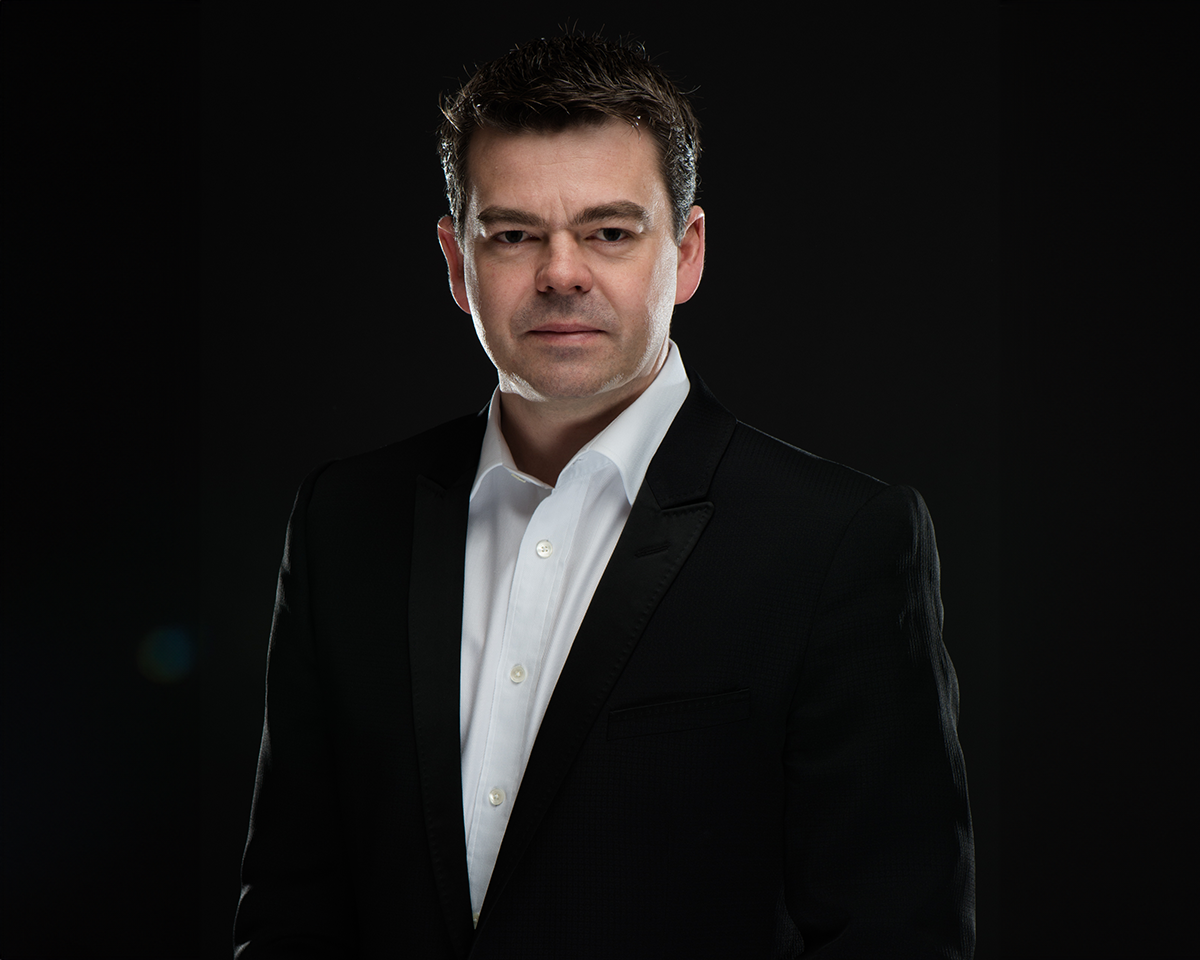
Ludovic Ballouard, born in 1971 in Brittany, France, is an independent watchmaker known for his poetic complications and philosophical approach to time. After training in watchmaking, he worked at Franck Muller and later spent seven years at F.P. Journe, where he assembled the highly complex Sonnerie Souveraine. In 2009, during the global financial crisis, he launched his own brand in Geneva, driven by a desire to create timepieces that reflect his personal philosophy.
His first creation, the Upside Down, displays only the current hour upright, with all others flipped—reminding wearers to live in the present. This was followed by the Half Time, which uses split numerals that only align at the current hour. Ballouard’s watches are whimsical yet profound, blending mechanical ingenuity with emotional depth. Today, he produces a limited number of watches each year by hand in his Geneva workshop, continuing to challenge conventional perceptions of time.

Claude Greisler and Serge Michel are the co-founders and creative minds behind Armin Strom, a Swiss independent watch brand known for its technical ingenuity and signature “transparent mechanics.” Childhood friends from Burgdorf, they acquired the brand in 2006 from its namesake founder, transforming it from a skeletonization atelier into a fully integrated manufacture based in Biel. Their vision was clear: to create timepieces that reveal the soul of mechanical watchmaking while pushing the boundaries of innovation.
Claude, a trained watchmaker with deep family roots in horology, leads the brand’s technical development and design. His expertise has been instrumental in pioneering complications like the Mirrored Force Resonance and the Gravity Equal Force. Serge, a passionate collector and entrepreneur, oversees the strategic and commercial direction of the brand, ensuring its values resonate with collectors worldwide. Together, they’ve built Armin Strom into a respected name in haute horlogerie, blending tradition with cutting-edge engineering.
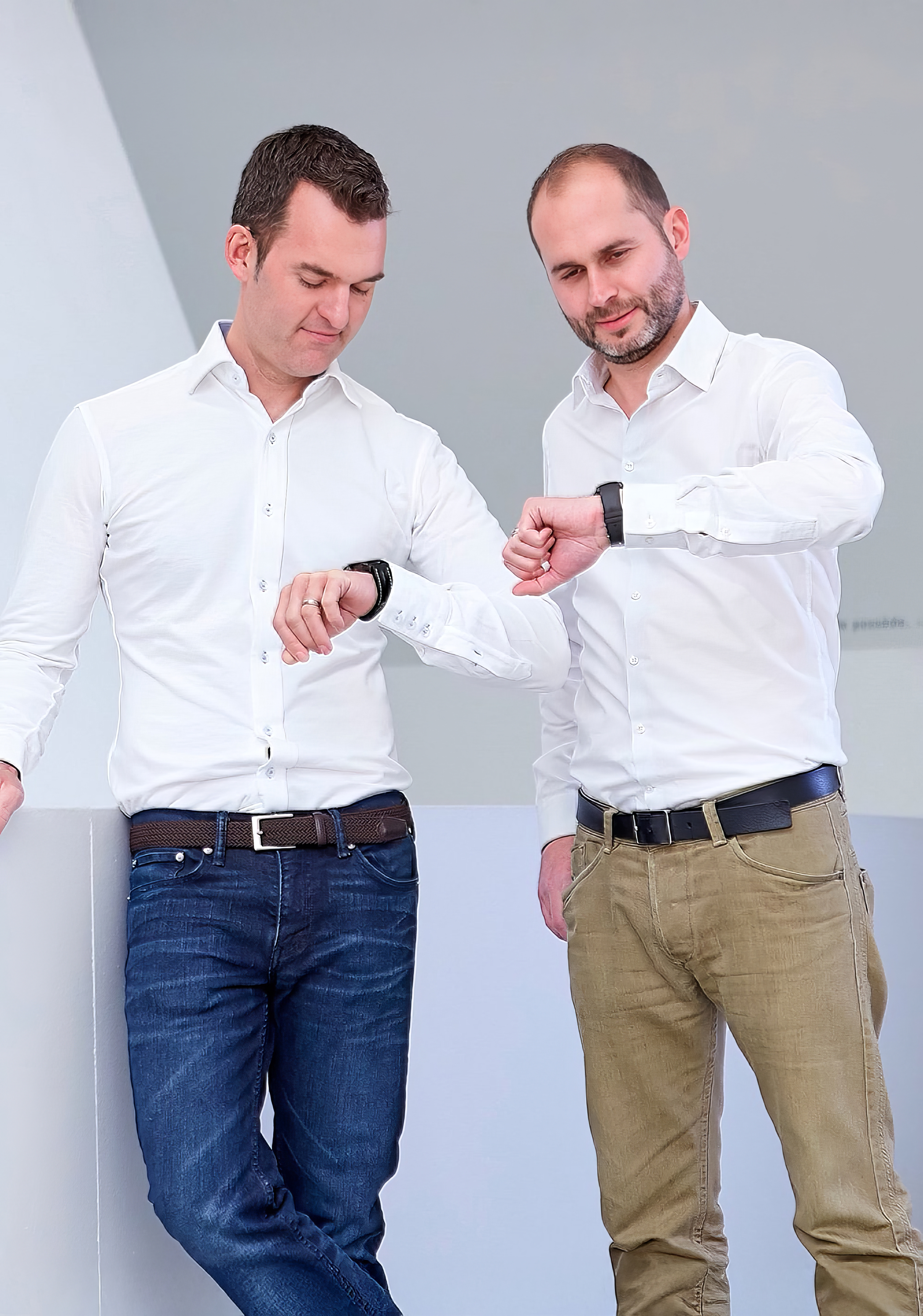
Dominique Buser and Cyrano Devanthey are two Swiss watchmakers whose dedication to traditional horology has made a profound impact on independent watchmaking. They met as apprentices at the Solothurn watchmaking school and graduated in 1994. After gaining experience in the industry—Buser with a background in physics and Devanthey leading Omega’s luxury watch division—they reunited in 2009 to build a movement workshop in Buchs, Switzerland, working exclusively for Urwerk.
In 2016, they founded Oscillon in Geneva, a brand devoted to crafting watches entirely by hand using restored antique tools and 19th-century techniques. Their creations, such as L’instant de Vérité and Fundamentum, reflect a philosophy rooted in precision, individuality, and the preservation of endangered artisanal skills. Through Oscillon and their involvement in the Time Æon Foundation’s Naissance d’une Montre 2 project, Buser and Devanthey continue to champion the future of handmade horology while honoring its past.
